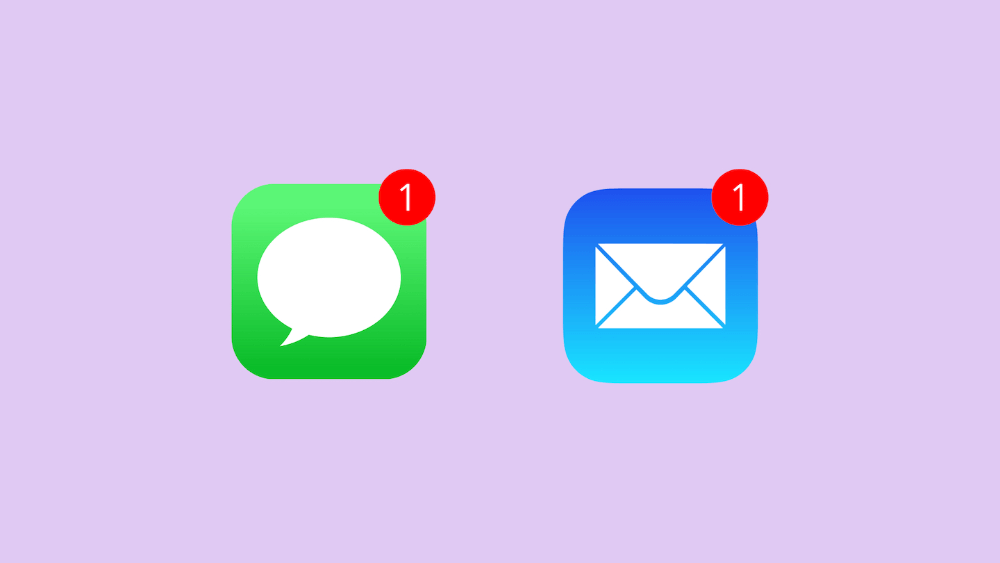📑Table of Contents:

Marketers today have more ways than ever to reach customers, yet text messaging remains one of the most powerful. When done right, it delivers instant engagement and measurable results. However, a common question still confuses many: should you send an SMS or an MMS? Both serve important roles in mobile communication, but knowing when to use each can dramatically improve your campaign’s performance. This guide explores the trade-offs, use cases, and best practices for combining both formats effectively.
What is SMS?
SMS, or Short Message Service, allows you to send plain text messages up to 160 characters. It’s the simplest and most cost-effective mobile messaging format. Because SMS doesn’t require an internet connection, it reaches almost any mobile phone, anywhere in the world. That’s one reason why it remains the foundation of business texting.
What is MMS?
MMS, or Multimedia Messaging Service, takes text communication to the next level. It lets you include images, GIFs, videos, audio clips, and longer text content. MMS messages often feel more engaging because they provide a visual or emotional appeal. For instance, a restaurant can send mouth-watering photos of new dishes, or a fashion brand can share a sneak peek of its latest collection. However, MMS messages cost more to send and rely on data connections, which can affect deliverability in certain areas.
SMS vs MMS: The Core Differences
When deciding between SMS and MMS, several factors matter: cost, content, delivery speed, and engagement. Let’s break them down.
- Cost: SMS is far cheaper, typically costing a few cents per message. MMS, however, can cost two to three times more depending on the carrier and region.
- Content Type: SMS handles text only, while MMS supports rich media such as photos, videos, and GIFs. This makes MMS ideal for visual storytelling.
- Length: SMS is limited to 160 characters. MMS allows longer messages—up to 1,600 characters—giving you more room to share detailed content.
- Delivery and Compatibility: SMS works on nearly every device, while MMS may require a smartphone and a strong data connection. In regions with poor connectivity, SMS performs better.
- Engagement: MMS messages tend to generate higher engagement rates because visuals capture attention faster. Yet, SMS offers reliability and universality that MMS sometimes lacks.
When to Use SMS
SMS is perfect when clarity, speed, and simplicity matter most. It’s the best choice for time-sensitive alerts, confirmations, and reminders. For instance, appointment reminders, shipping updates, and two-factor authentication codes are ideal SMS examples. These messages are short, urgent, and require no visual element. SMS also works best for regions with limited internet access, ensuring your communication always gets through.
Marketers also use SMS for flash sales and limited-time offers. Since SMS open rates hover near 98%, your message gets noticed almost immediately. Plus, short texts encourage quick responses, making SMS ideal for call-to-action messages.
When to Use MMS
MMS shines when visual appeal drives the message. Brands often use it to build emotional connections and showcase creativity. For example, an automotive company might send a teaser video for a new model. A beauty brand could include before-and-after photos from a new product launch. Restaurants use MMS to promote seasonal menus with high-quality food photos. These visuals increase recall and excitement, which boosts conversions.
Event promotions also benefit from MMS. Adding images or animated invites feels more personal and professional. The same goes for product launches or loyalty campaigns, where graphics and videos help stand out in a crowded inbox.
The Trade-Offs: Rich Media vs Cost vs Deliverability
The main trade-off between SMS and MMS is cost and deliverability. MMS delivers higher engagement, but it’s more expensive and may not reach every user instantly. SMS, on the other hand, is cheaper and nearly universal, but it lacks visual flair. The right choice depends on your audience, budget, and goals.
If you’re sending transactional messages, SMS wins every time. But for campaigns designed to inspire or persuade, the extra cost of MMS may be worth it. For example, a real estate company might use MMS to showcase property photos, while keeping follow-up messages as SMS to maintain cost efficiency.
Combining SMS and MMS for Better Results
The best marketing strategies often combine both SMS and MMS. Start with a clear, attention-grabbing SMS to announce an offer or event. Then follow up with an MMS containing visuals that reinforce your message. For example, a gym might send a text saying, “New classes added! Tap for schedule,” followed by an MMS showing images of trainers or a short clip from the new sessions.
Using both formats creates a balanced campaign. SMS ensures reach, while MMS drives engagement. Together, they build a consistent and compelling communication flow.
Best Practices for SMS and MMS Campaigns
1. Know Your Audience: Understand how your audience consumes content. Younger audiences may respond better to visual MMS campaigns, while professionals may prefer concise SMS updates.
2. Keep Texts Clear and Direct: Whether using SMS or MMS, avoid clutter. Stick to one message and one goal per text. For example, “Get 20% off today only—shop now!” works better than long, multi-step instructions.
3. Optimize Media for Mobile: If using MMS, ensure images and videos load quickly. Compress files without losing quality. A slow-loading MMS can frustrate users.
4. Test Before Sending: Always preview messages across devices. Some older phones or carriers may display MMS differently, affecting the customer experience.
5. Use Personalization: Include first names, order numbers, or locations when possible. Personalized messages make customers feel valued, boosting response rates.
6. Track Performance Metrics: Measure open rates, click-throughs, and conversion rates. Compare SMS and MMS performance to identify what resonates most with your audience.
7. Stay Compliant: Follow SMS compliance rules like TCPA and 10DLC registration. Always get explicit consent before sending promotional texts.
Use Cases That Combine SMS and MMS
- Retail: Send SMS alerts for upcoming sales, then follow with MMS containing product images or coupon codes.
- Travel: Use SMS for booking confirmations and MMS for sending boarding passes or hotel maps.
- Healthcare: SMS can remind patients about appointments. MMS can share educational content or health infographics.
- Real Estate: SMS confirms viewing appointments, while MMS displays property photos and videos.
- Events: Send SMS for RSVP links, then MMS for post-event highlights or thank-you notes.
The Future of Mobile Messaging
As mobile marketing evolves, combining text and multimedia communication will become essential. Customers expect personalization, speed, and relevance. With advances in automation, businesses can trigger SMS or MMS messages at the right moments—like after a purchase or before an event reminder. MMS, enhanced by better mobile networks, will continue gaining traction for visually driven campaigns.
However, SMS will always remain the backbone of mobile communication due to its reliability and simplicity. Marketers who learn to balance both formats will see the best results.

Final Thoughts
Choosing between SMS and MMS isn’t about picking one over the other—it’s about knowing when to use each. SMS is fast, affordable, and widely accessible. MMS, though more expensive, captivates audiences with visuals and extended storytelling. The most effective campaigns often blend both, using SMS for reach and MMS for impact.
In 2025, businesses that embrace both formats will stand out. They’ll communicate faster, build stronger relationships, and convert customers more efficiently. The real secret lies in balance—using SMS to connect and MMS to engage.
